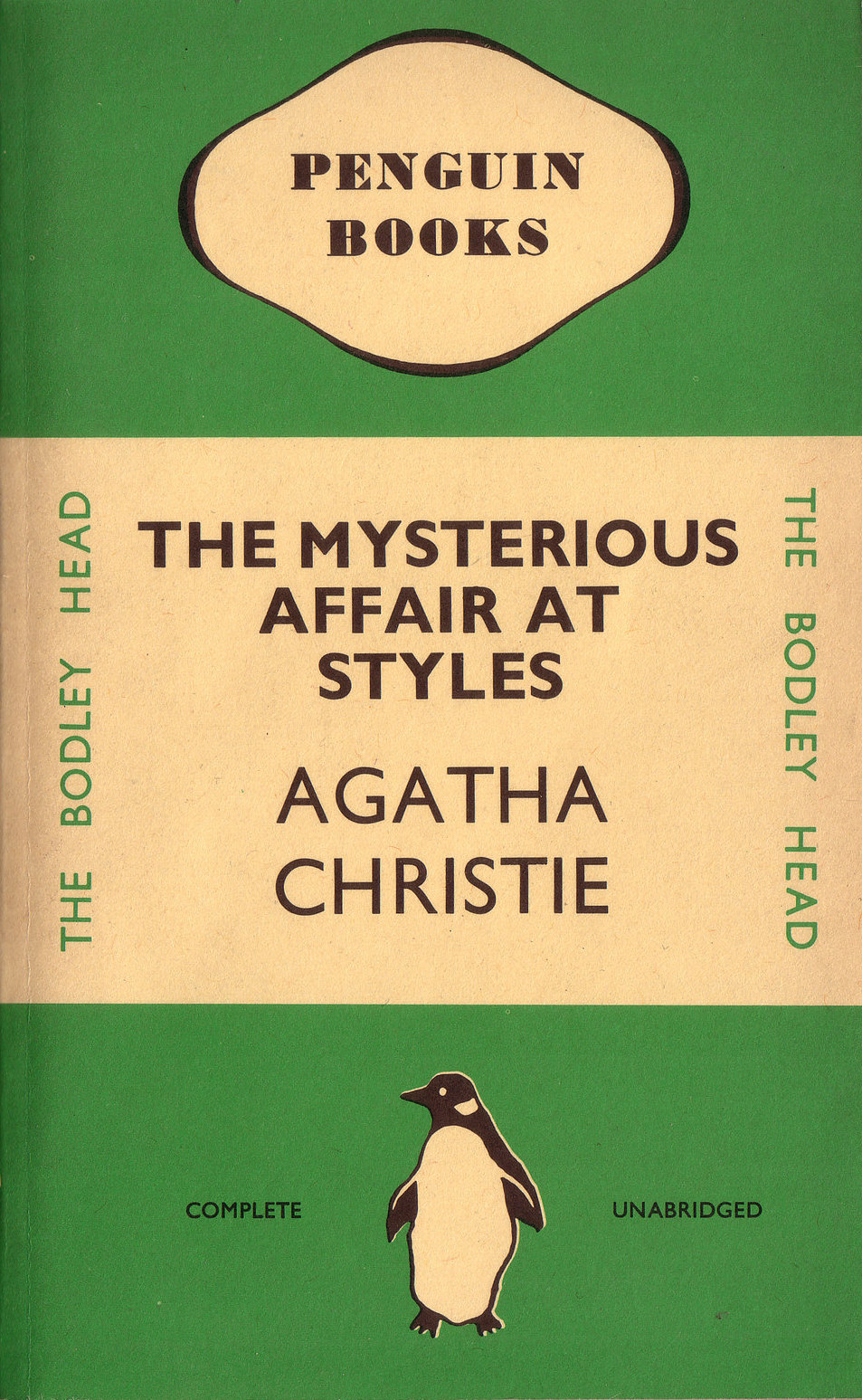This historical definition of the twentieth century as related to book publishing over the last two posts have covered 6 elements: technology, ownership, regulation and distribution and conglomeration and the paperback format (the first post was an introduction). Before ending this consideration of the book in the twentieth century, I want to cover two more areas: first,…More
History of the Book in the Twentieth Century Part 3: the age of the conglomerate, and the revolution of 1935
In the previous post I covered the first 4 of 8 elements of media history that I’ve found useful for teaching. Here are two more. If many very small publishers have survived into the twenty-first century (certainly helped by the internet and new digital printing technologies), nevertheless a distinguishing factor of the twentieth century, especially…More
History of the Book in the Twentieth Century Part 2 : Technology, Ownership, Regulation, Distribution
In the previous blog I promised to cover 8 routes through which print history and the twentieth century could be connected. Here are the first 4. First print technology, that which enables literature to transit from author to reader. In the 1950s printing machines whose designs dated from the 1850s were still in general use.…More
Literature in Transit: Histories of the Book in the Twentieth Century Book. Part 1 – Definitions
This month’s initial series of blogs will concern how we can think of changes in book publishing in the UK over the course of the twentieth century, inspired partly by how I was recently working on a piece on the history of publishing over the course of the nineteenth century, though I wrote the first…More
Thomas Walker’s The Original 1835
An account of The Original, a weekly miscellany from 1835 important for its emphasis on fine dining and the Epicurean pleasures of the table.More
Ouida and the Parergic 2
Ouida, of course, from when her first story appeared in Bentley’s (she was just 18), had had to write for money. She knew where the power and money lay, and “mythical swelldom” was one place. In 1857 George Lawrence’s Guy Livingstone had appeared. It went through at least 6 editions by the mid-60s (the image is of an 1867…More
Ouida and the Parergic 1.
How can can the concept of the “parergic” help us to understand Ouida?More
Parergy and the Beginnings of the Mass Market in the 1840s
Two decades after the proofs of my first monograph were submitted for publication it seems an appropriate time now to revisit key concepts I invented to help explain the field of Victorian popular publishing. The book, a version of my PhD thesis, was a study of the first four decades of a Victorian penny weekly…More
Annotated edition of Ouida’s Two Little Wooden Shoes Chapter 1.1
Ouida TWO LITTLE WOODEN SHOES Chapman and Hall, 193 Piccadilly, 1874 CHAPTER I. Bebee sprang out of bed at daybreak. She was sixteen. It seemed a very wonderful thing to be as much as that — sixteen — a woman quite. A cock was crowing under her lattice — he said how old you are!…More
International History of Magazines 6: Australia and New Zealand
AUSTRALIA AND NEW ZEALAND The small populations of Australia and New Zealand in the nineteenth century meant that there were few market possibilities for magazines until the 1870s. There were certainly magazines before this, but most were shortlived and unsuccessful, notable exceptions being the Melbourne-based Australian Journal (1865-1962), a popular fiction weekly modelled on (and…More







